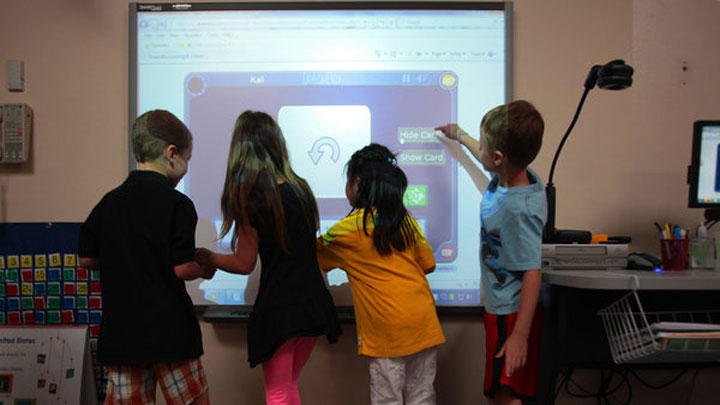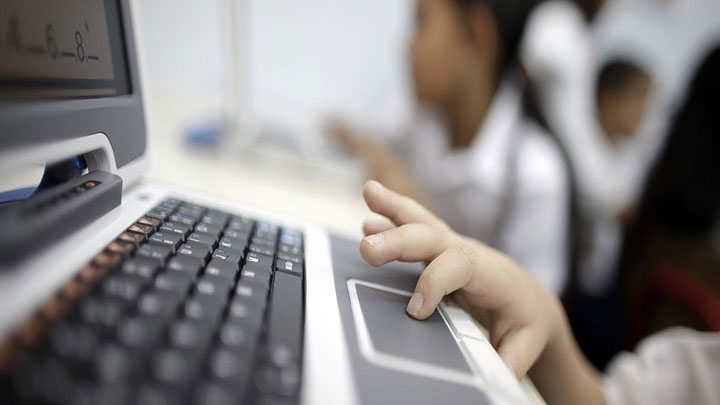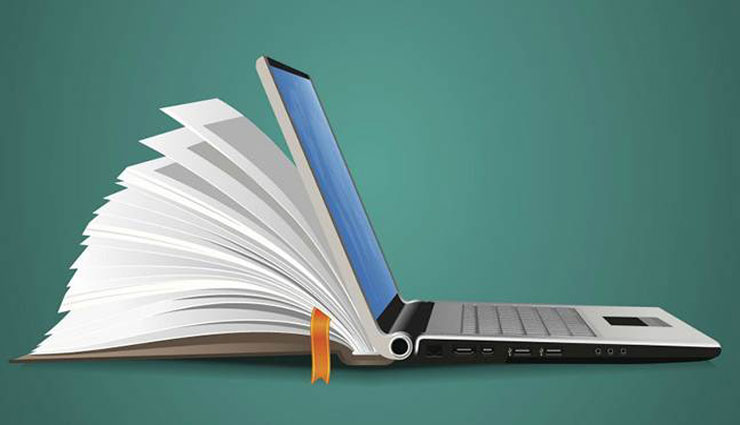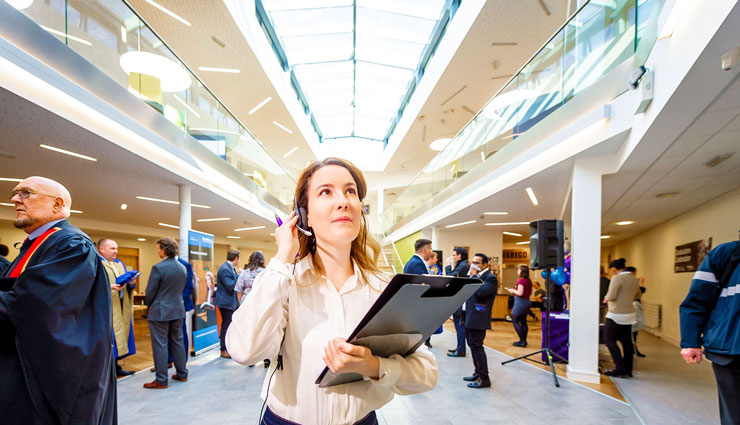Do you remember what technologies were used to teach lessons better in your school days? Educational technology has been used in education for a long time, from the old slides that the teacher used to display images on the screen to networks such as Shad, which were used to hold classes during the Corona era. In this article, we talk about educational technology, its advantages and examples, and its future.
What is educational technology?
The combination of IT technologies and educational methods is called educational technology. This work aims to make classes more exciting and increase learning by personalizing them.
Each of the technologies has a unique role in improving learning. For example, augmented reality and virtual reality, in addition to the gamification of education, make the learning process fun. Communication technologies also make it possible to conduct online classes for students who cannot be present in the classroom. Even newer technologies, such as blockchain and machine learning, have come to help teachers to design tests.
Educational technology is a tool for educational designers to use in different situations with their creativity. The goal is to personalize the learning process so students can learn according to their abilities. Although achieving this goal is not entirely possible, it is possible to create a sense of personalization of education for learners.
History of educational technology
The use of various tools to facilitate learning goes back thousands of years. However, we consider educational technology primarily technologies related to electronics and the Internet.
The history of educational technology can be divided into the following five parts:
- Late 1970s to early 1980s: Early computers
- The late 1980s to early 1990s: computer-based multimedia-assisted training (CBT)
- The early 90s: The gradual expansion of the Internet and Internet-based education
- Late 90s to early 2000s: E-Learning
- The late 2000s to present: cloud education and free educational content on the Internet
Today, a new era is taking shape. This is a period in which augmented reality (AR), virtual reality (VR), artificial intelligence, and machine learning technologies have opened new educational horizons.
How does educational technology help students?
1. Increase cooperation
Cloud technologies allow students to communicate with each other inside and outside the classroom. They can share their lesson projects through virtual space and help each other learn. Teamwork skill is one of the essential goals of educational systems.
2. Permanent access to educational content

Various technologies such as communication software, cloud space, and the Internet allow learners to access educational content anytime and anywhere. Therefore, they can study the educational content and do the homework whenever they want, according to their schedule. In this way, they will no longer be limited to the time and place of classrooms.
The ability to communicate with teachers is another benefit of this constant access. Students can also share with their teachers outside the classroom to inform them or seek guidance if an unforeseen problem arises.
3. Changing the meaning of the classroom
In the traditional definition of education, a classroom is where students listen to the teacher and take notes. Then they do their homework at home. But educational technology has allowed students to access educational content outside the classroom. In this way, they can read it whenever they want. Students’ participation in learning is something that many modern educational methods emphasize. This principle is also consistent with Jean Piaget’s stages of cognitive development.
4. Personalized learning
Instructional technology allows designers to design curricula according to the abilities of their learners. For example, the learner can go back and forth through educational videos and review a topic several times. Or for example, analytical software allows the learner and the teacher to examine the learning process more closely to understand which case has been learned well and which one needs more review and practice.
5. Increased attention and concentration
These days, various technologies distract students. One of the problems that educational systems always face is the concentration span of students. This period has become shorter in the new generation immersed in technology. So, one of the ways to increase concentration is to use them for education instead of eliminating technologies, which is impossible.
The use of technological tools in education, in addition to increasing learners’ participation, increases their focus on educational content (due to the attractiveness of these tools).
Benefits of educational technology for teachers
1. Automating grading
Artificial intelligence and machine learning are two tools teachers, and educational centers can use to speed up grading. In four-choice, true-false, and other non-descriptive tests, these technologies reduce teachers’ workload by automating the scoring process. This way, they can spend more time assessing their students’ weaknesses.
2. Classroom management tools
Controlling a large number of students in a classroom is a difficult task. Technologies such as classroom noise monitoring, homework, and project reminder programs make classroom management a little easier.
3. Paperless classroom
Paper costs and time spent copying and maintaining mountains of paper are some of the difficulties of old classrooms. Educational centers that use technology follow educational activities through virtual space. There is no need to buy a large amount of paper. As a result, educational technology positively affects the academic budget and the environment.
4. Eliminating guesswork in the evaluation process
Teachers spend hours evaluating students’ strengths and weaknesses. They often rely on their memory and intuition and recorded scores for this. Educational technology with analytical graphs of student performance gives teachers detailed and categorized data to see what was previously hidden from their eyes. Sometimes poor performance may be hidden from the teacher’s eyes, but these technologies, combined with artificial intelligence and machine learning, allow teachers to make better assessments.
Examples of the use of educational technology in the world

1. Class owl camera
It is a kind of 360-degree camera used to film the whole class. This camera allows the teacher to hold a face-to-face and virtual course for students simultaneously; that is, students who could not attend the virtual class participate in the class and are no longer deprived of it.
2. Civitas software
Civitas is the name of a company that has developed a program to improve the learning of college and university students. By collecting and analyzing students’ grades, this program helps teachers to recognize the weaknesses and strengths of students better. The students also have access to these data and can plan their studies based on them.
3. Google Classroom
Google Class is a comprehensive program that has extensive features. In its classroom program, Google allows teachers and professors to provide students with course content in different formats, design and conduct online tests, and stay in touch with students.
4. smart board
The intelligent board of the “Smart Technology” company is one of the best products available in educational hardware. This board allows the user to draw or write anything on it. It is also possible to store and copy content. It can also be used as a screen and computer.
The future of educational technology
Technology is rapidly changing different aspects of our lives. Education is no exception to this rule. Shortly, technologies such as augmented reality, virtual reality, artificial intelligence, and machine learning will play a prominent role in education. Maybe one-day classes will be held in the virtual world like Metaverse.
you say
What has been your experience of the role of educational technology in the learning process? Are you comfortable with it? What future do you envision for educational methods?



